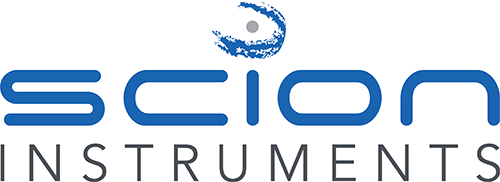The Crucial Role of Chromatography in Drug Discovery
How is chromatography used in drug discovery?
Chromatography, especially high-performance liquid chromatography (HPLC), is vital in drug discovery. Researchers use HPLC to detect, separate, and quantify impurities in drug substances. This ensures drug quality and safety. It also meets regulatory standards and optimizes synthetic processes. Scientists analyze new compounds using various chromatography techniques. They verify compound purity and confirm proper identification. They also separate similar compounds and monitor ingredient concentrations in mixtures. These steps support quality control and improve the synthesis of potential drug candidates.
Quality Control of New Drugs
Chromatography techniques—including high-performance liquid chromatography (HPLC) and gas chromatography (GC)—play a crucial role in quality control during drug development and manufacturing. Manufacturers widely use HPLC to separate, identify, and quantify impurities and degradation products in drug substances and formulations. This technique helps them detect trace impurities, keep them within acceptable limits, and identify any unknown contaminants. Scientists also rely on chromatography for stability testing, as it detects and measures substance degradation over time and under various storage conditions. Furthermore, HPLC precisely quantifies the active pharmaceutical ingredient (API), which helps maintain drug potency, strength, and consistency across batches.
Most Used Chromatography in Drug Analysis
Pharmaceutical drug analysis most heavily relies on high-performance liquid chromatography (HPLC) for several reasons:
- Versatility: HPLC analyzes a wide variety of compounds, including small molecules and large biomolecules, making it suitable for both volatile and non-volatile substances.
- High Sensitivity and Accuracy: HPLC instruments detect drugs and their metabolites at very low concentrations, which benefits biological sample analysis.
- Efficiency: HPLC offers rapid analysis times and high-resolution separation of complex mixtures, which enhances laboratory throughput.
- Quantitative Capabilities: HPLC precisely quantifies drug or metabolite concentrations in samples, a critical aspect for drug monitoring and pharmacokinetic studies.
- Adaptability: HPLC pairs with various detectors—such as UV-Vis spectroscopy, fluorescence, and mass spectrometry (MS)—to significantly enhance its analytical capabilities.
- Quality Control: HPLC plays a central role in assessing raw materials and testing final products in pharmaceutical quality control.
- Regulatory Acceptance: Regulatory agencies widely recognize and accept HPLC methods for drug analysis and quality control.
Although manufacturers also use other chromatographic techniques like gas chromatography (GC) and thin-layer chromatography (TLC), the pharmaceutical industry relies heavily on HPLC because of its speed, sensitivity, specificity, and accuracy. This reliance makes HPLC an indispensable analytical tool for rigorous quality control of new drug products throughout their development and commercialization.
